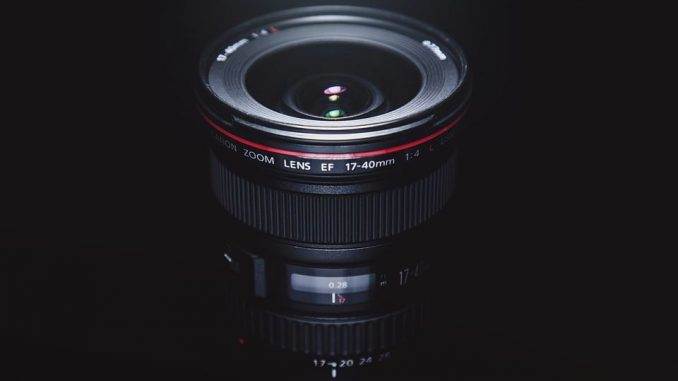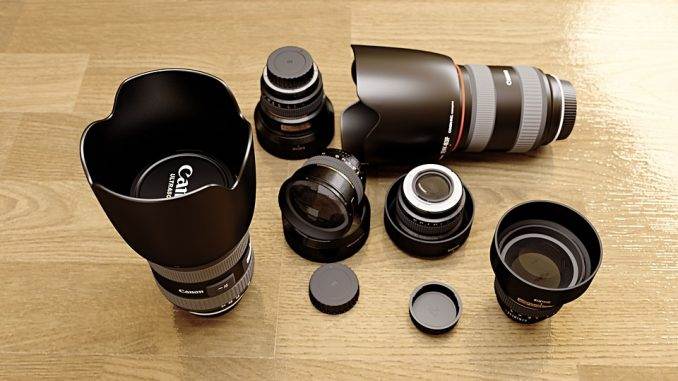In order to have DSLR lenses explained, first you need to know what exactly that seemingly random string of consonants means. DSLR stands for digital single-lens reflex, which is telling you a lot about your equipment and how it’s put together for you.
The easiest way to go about learning what all of that jargon means is to break it down word by word. It may sound like silly techno babble that you have no reason to learn, but having an idea of what’s going on inside your camera will always help when you’re capturing your images.
The D is for digital
On our first step toward having DSLR lenses explained, we can knock off the easiest piece of the puzzle right at the beginning. All DSLR lenses are digital in nature, which is to say that they’re made specifically for digital cameras. While it may seem counter intuitive that there should be any difference between once set of glass and another when it comes to analogue and digital, the differences do exist.
The biggest practical difference is that you simply can’t use a digital lens with a film camera, or vice versa, without an adapter. This isn’t a huge problem, but one to keep in mind if you’re planning on using your expensive telephoto lens on your new camera.
DSLR Lenses Explained – How single lenses work
Moving on, we come to the single-lens part of the equation which, again, is fairly self-explanatory. The vast majority of modern cameras are single lens, but that wasn’t always the case. Back in a simpler time, a camera’s viewfinder was simply a window that you looked through to get your framing right.
You could see what the camera was seeing in any way, but you could get a rough estimate and then use all of your memorized equations and numbers to set your focus and shutter speed.
That all changed with the advent of the single-lens camera. This allowed photographers to use their viewfinders as a way to literally look through their lenses and know exactly how their image would come out.
Essentially, the single lens refers to the one lens on the front of the camera that you are using for all of your work. Modern photography would have never existed without this brilliant way of looking at the world.
Everything gets reflected through a mirror
Finally, we come to the reflex part. When light travels through your lens, before it hits the digital sensor to become your captured image, it first hits a mirror. The image on this mirror is what you’re seeing through your viewfinder and what makes your camera so accurate.
In order for the mirror image to not be upside down, the light must also travel though a reflex lens to right it. This really where the clever magic happens that moved photography from the last age into the modern era.
By being able to see exactly what you’re capturing, you don’t have to bring an assistant along to measure the distance from your lens to your subject with a tape measure in order to work out your focus. You simply see it as it is and adjust accordingly.
Hopefully you enjoyed having a DSLR lenses explained in a straightforward way



Leave a Reply